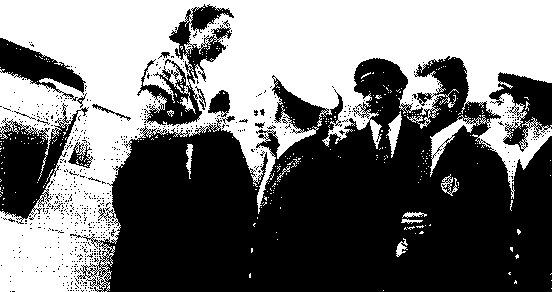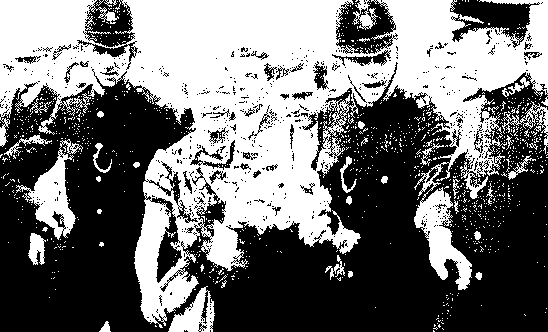
Solo flight puts Amy Johnson in the news in August 1930
Born in Hull in 1903, the wonderful Amy Johnson excelled in sports, got a degree from Sheffield University, had a very happy affair with some Swiss stinker and so moved to London to work as a secretary.
Finding herself one day in Edgware, home of the London Aeroplane Club, she demanded lessons from an instructor.
In July 1929 she was awarded her "A" pilots licence, she had to do her own engine repairs, and became the first woman to gain a ground engineers licence and was known as johnny in the hangers.
Any wangled a second hand Gypsy Moth and flew 150 miles to say ta-ta to her parents in Hull. And with that under her flying jacket, she won sponsorship from Castrol Oil and took off from Croydon in 1930 to make a solo flight to Darwin, Australia.
Not daunted by the challenge, Amy did it and was dubbed the Queen of the Air. Her Gypsy Moth was called Jason and still exists.
It hangs from the ceiling of the aviation gallery in the London Science Museum, and a replica has recently been built by the Yorkshire Air Museum to commemorate her return to Croydon in August 1930.

Tens of thousands crowded into the airport to see her triumphant return.
With the advent of War, the airport closed for commercial traffic and became a strategic RAF Spitfire and Hurricane fighter base. With the relative adjacency of Kenley and Biggin Hill fighter air fields, Croydon became a prime target for the Luftwaffe bombing strategy.
On August 15, 1940, Croydon experienced its first Second World War air raid. And this was big, with over a thousand German bombers and fighters.
The raiders attacked before the sirens were sounded. At Croydon Airport, 62 people were killed in the raid, 37 seriously injured and 137 slightly injured.

After the war, the airport reverted to its previous commercial operation which quickly outgrew available space, leading to the building of Gatwick Airport in its place.
Corydon Airport finally closed on September 30, 1959, and was substantially redeveloped as housing estates.
Still remaining is the lovingly restored Airport House main building which boasts some fine Art Deco detail. Outside is a Heron Aircraft, one of the last to leave the airport. In October 2000, the Croydon Airport Preservation Society re-opened the control tower as a museum. This is now open to the public on the first Sunday in every month.